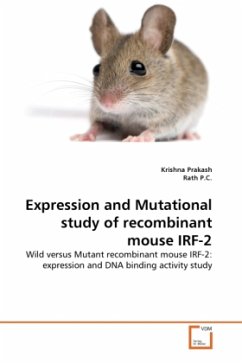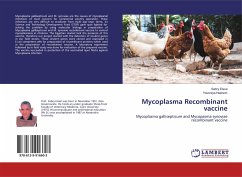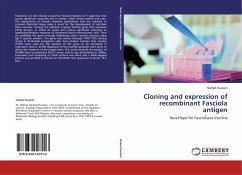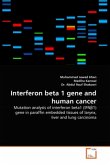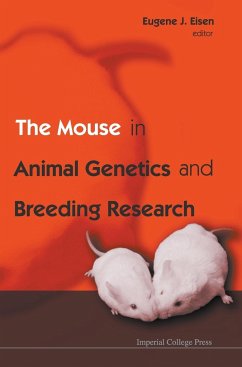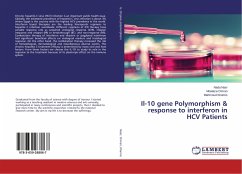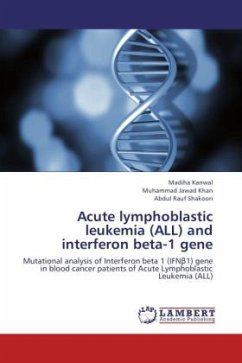IRF-2 is a mammalian transcription factor for interferon and interferon inducible genes of having oncogenic activity under certain circumstances.We compared the amino acid sequences of mouse IRF-2 (349 amino acid) with human IRF-2 and found a C-terminal tetra-peptide (314PAPV317) of mouse IRF-2 to be different from (314SSSM317) human IRF-2 (349 amino acid). The murine IRF-2 sequence (PAPV) at 314-317 was replaced by SSSM, the corresponding region of the human IRF-2, by site-directed cassette mutagenesis. Both the wild type and mutant IRF-2 were prepared as GST-fusion proteins expressed in E. coli XL-1 blue cells, which exhibited similar expression patterns and immunoreactivity but different DNA-binding activities with (GAAAGT)4 oligonucleotide. The mutant IRF-2 showed higher complexes than the wild type IRF-2. Also, the amount of the complexes was higher in the mutants. Although the mouse and human IRF-2 are molecularly homologous and physiological similar, replacement of the four amino acid in mouse IRF-2 by the corresponding region from human IRF-2 can influence DNA binding activity of IRF-2. This provides new information on the function of C-terminus of IRF-2.

